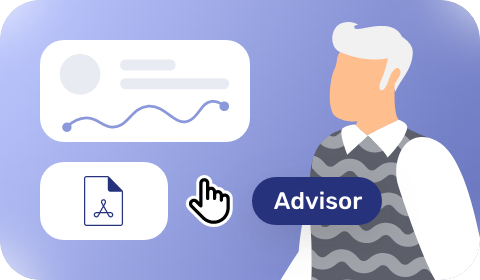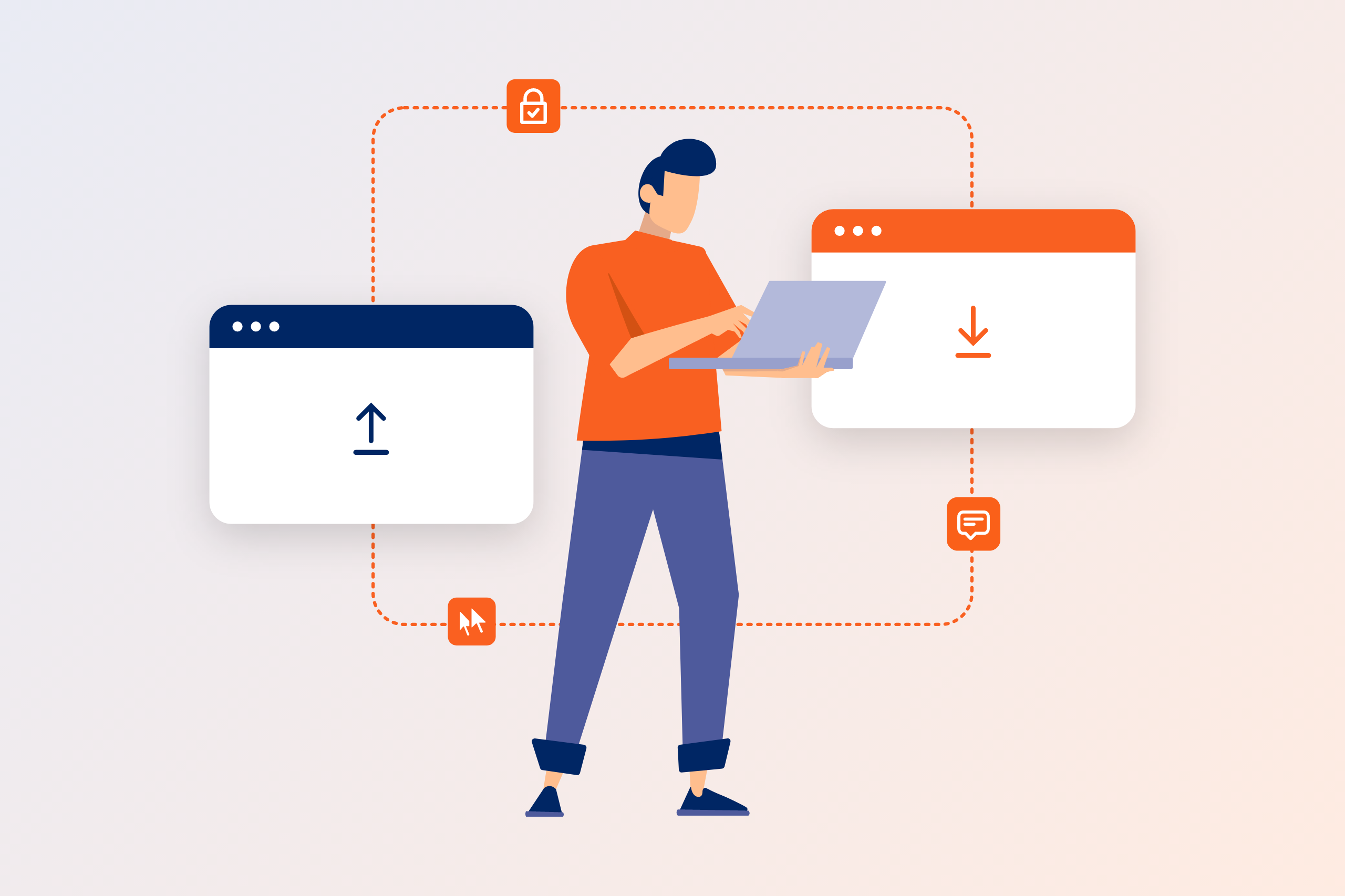I’ve had a lot of conversations about digital transformations, and what it actually entails. My hunch is that most of us have gotten it wrong. Too often, “digital transformation” comes across like a buzz word that everyone is rushing to do, trying to streamline operational efficiencies and capture customer attention with new apps and slick new interfaces. But what I am often waiting to hear is the focused approach that accompanies the app roll-out and organizational refinements, that leverage technology to deliver superior customer experiences.
Going digital doesn’t mean leaving the physical world. A digital transformation enables an extension of the physical world, and it includes all the interactions and conversations we have in the physical world. True transformation gives every person in the bank or insurance company the ability to connect with and serve their customers digitally.
Some interactions have definitely gone digital, but some will stay brick and mortar – and this breakdown will be different for every financial provider. Customers are looking for a hybrid experience that connects their physical and digital interactions. But banks can misread these customer preferences. For instance, when business at the branch slows down, banks can be quick to respond, shutting down branches, or putting knowledge workers in a call center, rather than a local branch, so that they can cover more branches. When a mortgage advisor at a branch doesn’t have the same level of business, it’s likely there are less people coming into the branch looking for advice. Now this doesn’t mean there is less demand for mortgages – but there’s less demand for the traditional method of providing those mortgages.
We have to dig a little deeper and investigate how to transform processes so that each digital and physical touch point works together naturally. Digital transformation requires more than just digitizing existing processes and documents; it requires a flexible, configurable process to continually adjust and evolve to customer pain points and trends, as well as the agility to fix issues in the journey quickly. When you succeed in doing that, you allow the customer to interact with you as they choose to and take the journeys they ask for – and it feels as natural as an ongoing conversation. Perhaps their journey will start with a first inquiry via a chat message on the web site, and then proceeds to a bank visit – it all depends on them. When customer journeys are designed for being flexible and easily configurable, you allow the customer to do whatever they choose – and that is good for business.
Finally, a digital transformation should make things easier for both the bank and the customer. Take an advisor who spends the common five minutes at the beginning of every face-to-face meeting in social chit chat. If the advisor takes these five minutes with every client, they can add up to three to four hours a week of overhead. No doubt, those five minutes can set the tone for a good meeting. But using a tool, you could schedule meetings digitally – and then decide to meet face to face when it’s really necessary, or just to have lunch and catch up. This kind of flexibility makes both the advisor and client’s life easier.
By designing digital transformation around customer journeys, digital transformation efforts will drive new innovation without compromising meaningful customer interactions.
The key to making it happen? Get the flexibility to follow your customer.




 Interaction Management Hub
Interaction Management Hub Secure Messenger
Secure Messenger Video & Voice
Video & Voice



